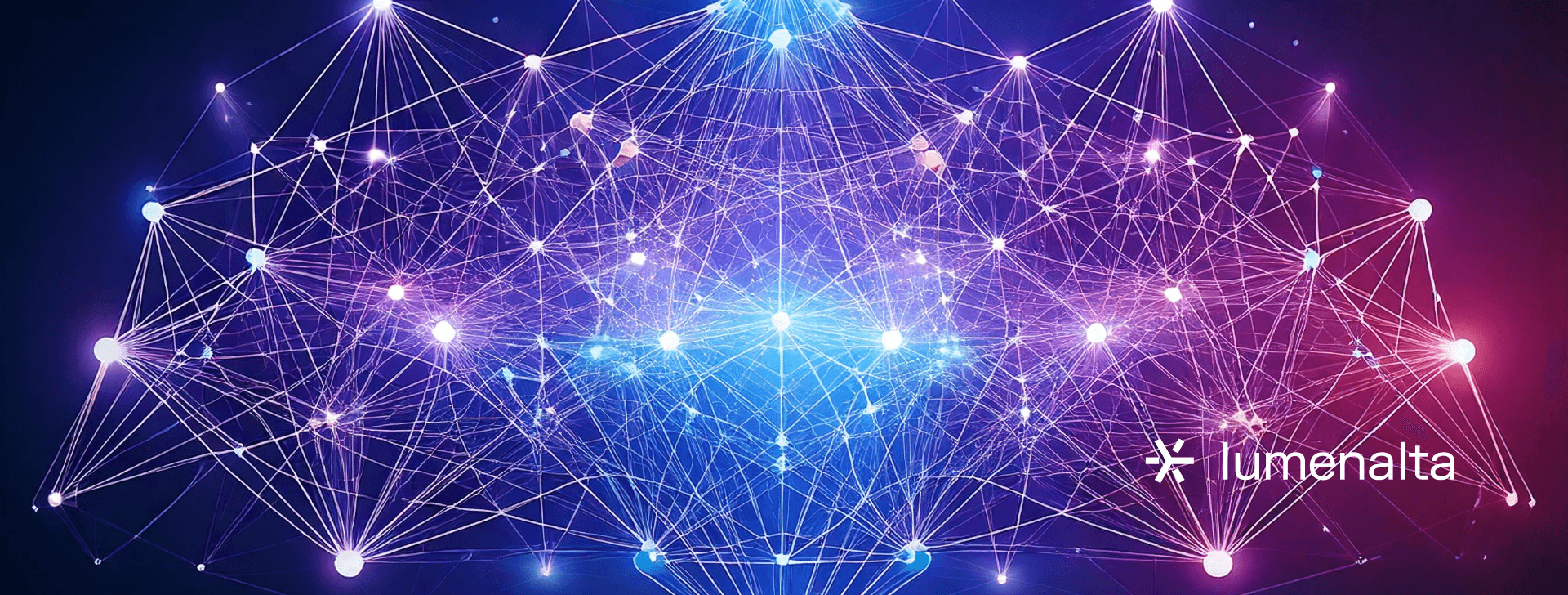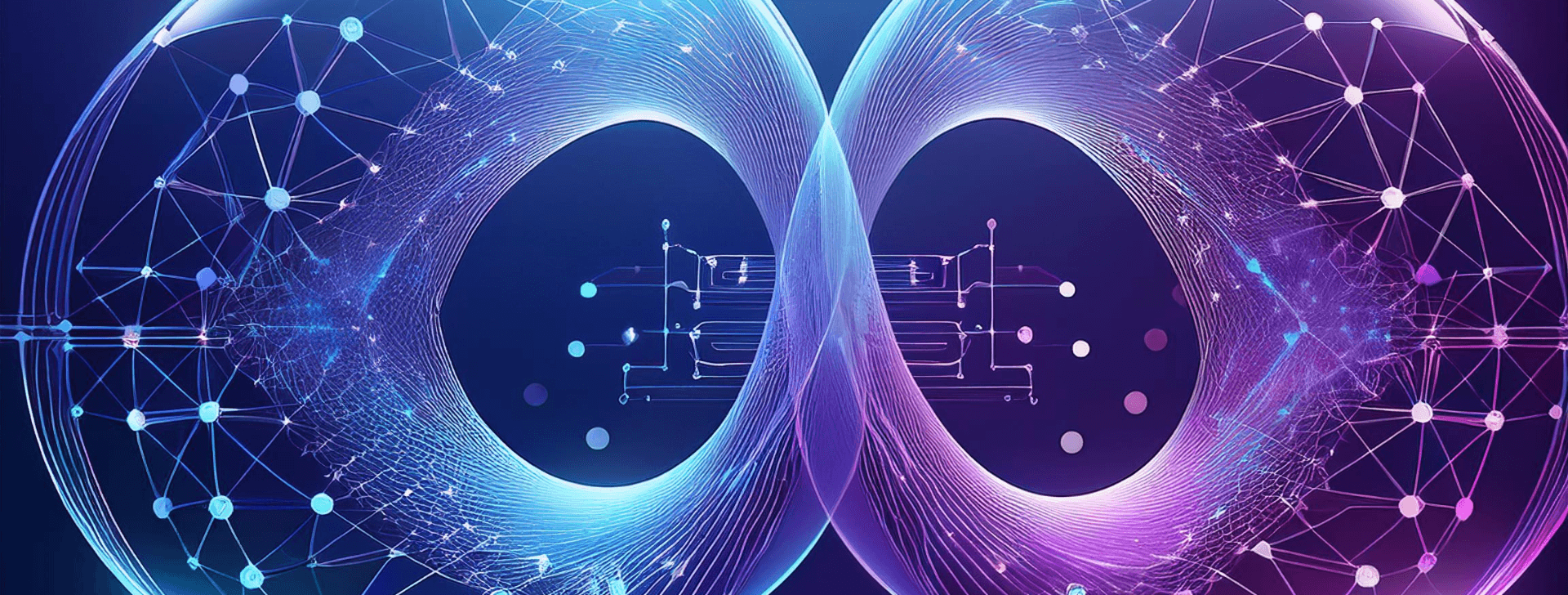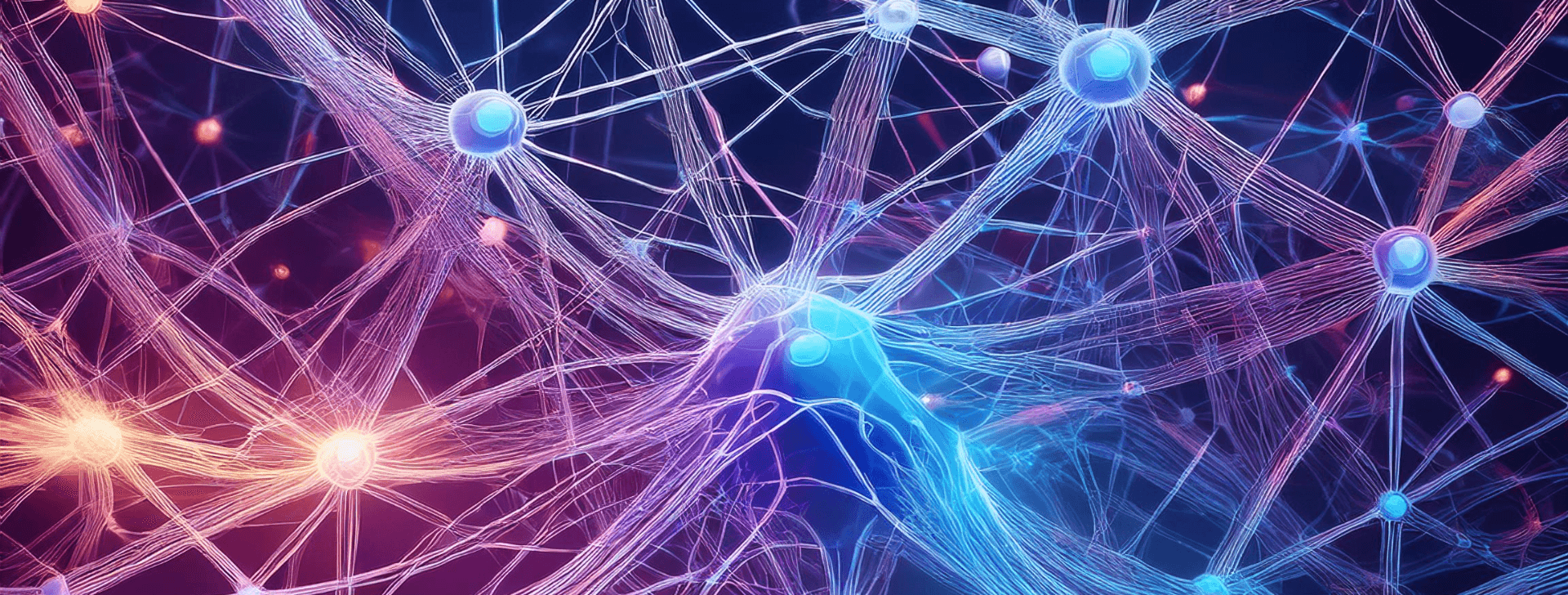
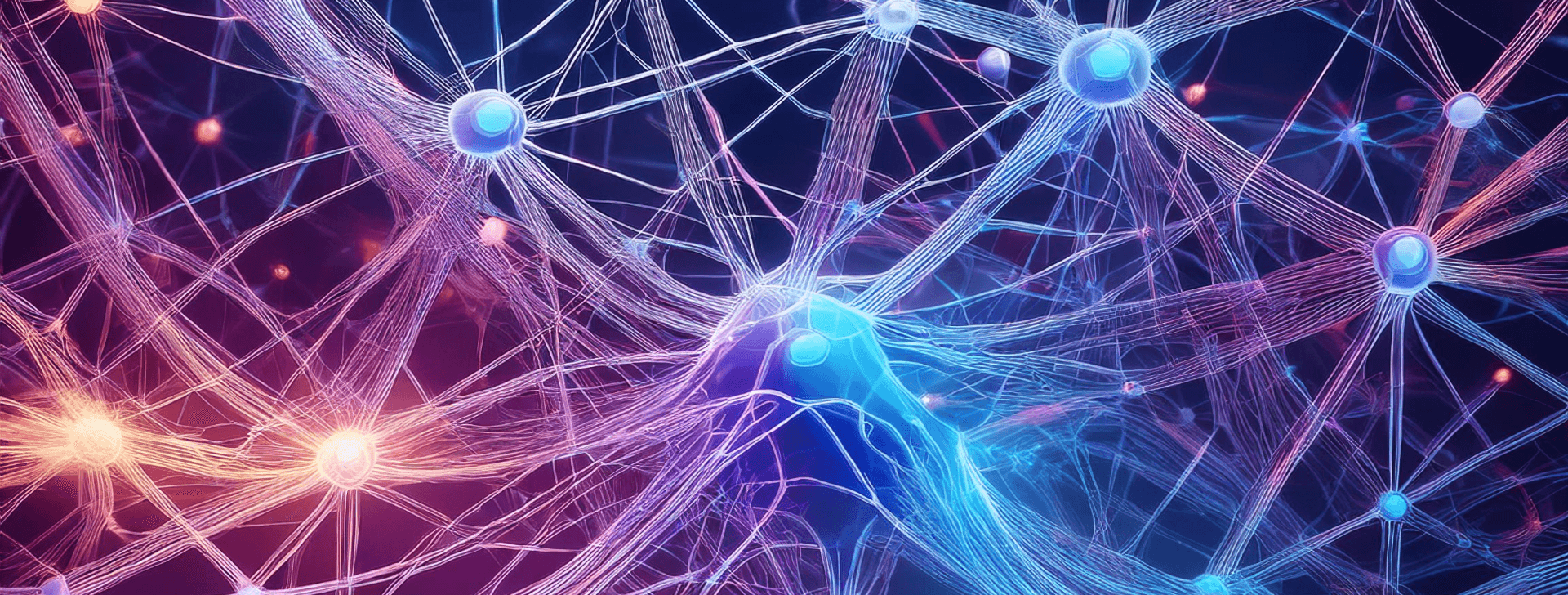
Deep learning vs machine learning
DEC. 24, 2024
6 Min Read
Machine learning and deep learning revolutionize how businesses analyze data, automate processes, and solve complex challenges.
These cutting-edge technologies offer scalable solutions that empower organizations to unlock new efficiencies, enhance decision-making capabilities, and future-proof their operations. Understanding their differences and applications is critical for driving innovation and maintaining a competitive edge in a rapidly changing market.
Key takeaways
- 1. Machine learning and deep learning are subsets of AI, with distinct approaches and applications that address different business challenges.
- 2. Machine learning models are ideal for structured data analysis and faster implementation, making them versatile for predictive analytics and process optimization.
- 3. Deep learning thrives on unstructured data, enabling advanced use cases like image recognition, natural language processing, and autonomous systems.
- 4. Emerging trends like explainable AI, generative AI, and sustainable practices are driving the evolution of AI technologies.
- 5. Businesses must evaluate data requirements, computational resources, and complexity when choosing between machine learning and deep learning solutions.
Introduction to machine learning and deep learning
As artificial intelligence (AI) continues to redefine technological innovation, machine learning and deep learning have emerged as essential tools shaping diverse industries. Understanding their core principles and distinct applications is vital for leveraging their transformative potential. While both focus on teaching machines to learn and adapt, they differ significantly in methodology, complexity, and use cases. Comparing deep learning vs machine learning reveals key insights into how each technology can drive efficiency, uncover opportunities, and support business scalability.
The nuances of machine learning and deep learning not only influence their applications but also highlight their suitability for addressing unique challenges. As adoption grows, organizations must evaluate these technologies to align with their strategic goals and stay ahead in an increasingly AI-centric market.
“Machine learning and deep learning have emerged as essential tools shaping diverse industries, with distinct methodologies that offer transformative potential.”
What is machine learning?
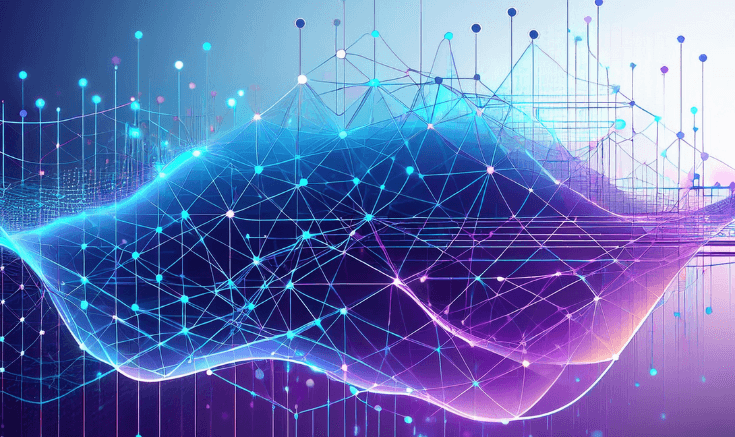
Machine learning focuses on developing algorithms that enable computers to learn patterns from data and make decisions without being explicitly programmed. It is a subset of artificial intelligence and forms the foundation for various predictive and analytical models today. At its core, machine learning relies on statistical methods and iterative training to improve performance over time.
The process begins with feeding structured or semi-structured data into a model, which identifies patterns, correlations, and trends. Machine learning can be broadly classified into three categories: supervised learning, unsupervised learning, and reinforcement learning. Supervised learning deals with labeled data to predict outcomes, unsupervised learning uncovers hidden patterns in unlabeled datasets, and reinforcement learning optimizes decisions through reward-based systems. Each method has its strengths, making machine learning a versatile solution for fraud detection, recommendation systems, and demand forecasting tasks.
What is deep learning?

Deep learning is a more advanced subset of machine learning that uses artificial neural networks to simulate the structure and function of the human brain. These networks, composed of multiple layers, enable systems to analyze and interpret data at an unprecedented depth and complexity. Unlike traditional machine learning, deep learning excels in handling large, unstructured datasets such as images, videos, and text.
The strength of deep learning lies in its ability to automatically extract features from raw data without requiring manual intervention. Techniques like convolutional neural networks (CNNs) for image processing and recurrent neural networks (RNNs) for sequence data have driven breakthroughs in areas like natural language processing, autonomous vehicles, and medical imaging. The computational intensity of deep learning models demands robust hardware, such as GPUs, but their capacity to solve highly complex problems makes them invaluable for tackling challenges that traditional methods cannot address.
Key differences between machine learning and deep learning
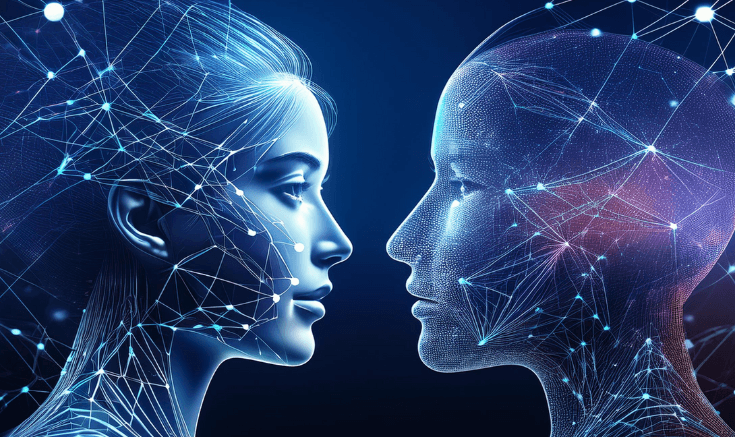
Deep learning is a specialized subset of machine learning that uses neural networks to process and learn from large, complex datasets. While machine learning broadly encompasses various algorithms, such as decision trees or support vector machines, deep learning focuses on layered architectures to handle intricate tasks like image recognition, natural language processing, and autonomous driving. This hierarchical structure allows deep learning models to extract features and patterns automatically, making them ideal for unstructured data. In contrast, traditional machine learning often requires more manual feature selection and works best with structured data.
1. Complexity of algorithms
Machine learning models are built on simpler algorithms like linear regression, decision trees, or support vector machines, which are easier to interpret and implement. Deep learning utilizes multi-layered neural networks, such as convolutional neural networks (CNNs) or recurrent neural networks (RNNs), enabling it to process complex patterns and handle advanced tasks like image and speech recognition.
2. Data dependency
Machine learning models perform well with smaller datasets, particularly structured data like spreadsheets or tabular formats, but often require extensive preprocessing and feature engineering to improve accuracy. Deep learning models excel with massive amounts of unstructured data, such as images, videos, or audio files, leveraging their ability to automatically learn complex representations directly from raw inputs.
3. Hardware requirements
Machine learning algorithms can run on standard hardware, making them more accessible for general use cases. Deep learning, however, demands significant computational power, requiring GPUs, TPUs, or other high-performance hardware to manage its intensive matrix computations and large-scale data processing.
4. Feature extraction
Feature extraction in machine learning is a manual process, where domain experts identify the most relevant variables to improve the model's performance. Deep learning eliminates this step, as its neural networks automatically identify and extract features during training, significantly simplifying workflows and allowing models to discover nuanced patterns.
5. Training time
Machine learning models generally have shorter training times because of their simplicity and ability to work with smaller datasets. Deep learning, by contrast, requires substantial time to train due to the complexity of neural networks, the need for iterative optimization, and the sheer volume of data involved.
6. Application scope
Machine learning is ideal for tasks like predictive analytics, fraud detection, and recommendation systems, which involve structured data and straightforward problem-solving. Deep learning extends its utility to more sophisticated tasks, including image classification, natural language processing (NLP), autonomous driving, and generative applications like creating synthetic media.
7. Interpretability
Machine learning models, particularly simpler ones like linear regression or decision trees, are more interpretable, providing clear insights into how predictions are made. Deep learning models are often treated as "black boxes," where understanding their decision-making processes can be challenging due to the complexity of neural network architectures.
These distinctions highlight the scenarios where each technology provides optimal results, guiding businesses in leveraging their strengths effectively. Selecting between machine learning and deep learning depends on factors like data availability, computational resources, and the complexity of the problem at hand.
“Deep learning thrives on vast amounts of unstructured data, such as images, videos, or natural language text, making it ideal for advanced applications.”
Applications of machine learning and deep learning

Machine learning and deep learning have revolutionized industries by enabling innovative solutions across diverse sectors. Their applications address a wide spectrum of challenges, from enhancing operational efficiency to delivering personalized customer experiences.
Applications of machine learning:
- Healthcare: Diagnosing diseases using predictive models, optimizing treatment plans, and enhancing drug discovery processes.
- Finance: Fraud detection, credit scoring, and algorithmic trading for real-time decision-making.
- Retail: Recommendation engines for personalized shopping experiences and inventory demand forecasting.
- Manufacturing: Predictive maintenance, quality control, and supply chain optimization.
- Marketing: Customer segmentation, sentiment analysis, and targeting strategies for better campaign outcomes.
Applications of deep learning:
- Autonomous vehicles: Powering navigation systems, object detection, and decision-making algorithms for self-driving cars.
- Natural language processing: Improving chatbots, language translation, and sentiment analysis tools.
- Healthcare imaging: Enhancing accuracy in diagnosing conditions through image analysis, such as detecting tumors in radiology scans.
- Entertainment: Enabling personalized content recommendations and advanced visual effects in movies and gaming.
- Cybersecurity: Detecting complex patterns in cyber threats and preventing data breaches.
Both technologies complement one another, with machine learning excelling in structured tasks and deep learning pushing boundaries in unstructured data environments. Their combined potential offers scalable and impactful solutions for businesses looking to future-proof operations and drive innovation.
AI, machine learning, and deep learning
Artificial intelligence serves as the overarching field, encompassing both machine learning and deep learning. Each of these plays a distinct role in advancing automation, decision-making capabilities, and problem-solving frameworks. Understanding their relationship provides clarity on how these technologies interact and where they diverge.
What is AI?
Artificial intelligence refers to the broad concept of machines performing tasks that typically require human intelligence. AI encompasses techniques for reasoning, problem-solving, and learning, laying the foundation for more specialized fields like machine learning and deep learning. Tasks such as speech recognition, visual perception, and logical deduction are achieved through AI-powered systems.
AI vs machine learning vs deep learning
AI serves as the umbrella term, with machine learning representing a subset focused on data-driven learning. Deep learning takes this one step further, using neural networks to tackle highly complex tasks. The distinction lies in their methodologies:
- AI: Broad field aimed at simulating human intelligence.
- Machine learning: A data-focused approach to learning patterns for predictions and insights.
- Deep learning: Advanced neural networks for analyzing unstructured data with high precision.
Use cases for AI, machine learning, and deep learning
Each technology drives innovation in unique ways:
- AI powers virtual assistants, automated workflows, and business intelligence systems.
- Machine learning optimizes logistics, enhances product recommendations, and identifies anomalies in data.
- Deep learning excels in voice recognition, autonomous driving, and medical diagnostics.
These technologies collectively shape the modern AI ecosystem, offering scalable and specialized solutions for businesses seeking to integrate automation into their operations.
Trends in AI and machine learning technologies

AI and machine learning technologies are advancing rapidly, with key trends shaping their development and adoption. Generative AI, including models like GPT and DALL-E, is enabling creative applications across industries, from content generation to design. Edge AI is gaining traction, bringing machine learning capabilities to devices like smartphones and IoT, reducing latency and enhancing privacy. Automated machine learning (AutoML) tools are simplifying model development, making AI accessible to non-experts. Responsible AI, focusing on ethical considerations like bias reduction and transparency, is becoming a priority for organizations. Additionally, hybrid AI models are combining traditional algorithms with neural networks to improve efficiency and accuracy, paving the way for more versatile applications.
Machine learning and deep learning are reshaping industries by offering scalable solutions to complex challenges. From automating processes to delivering personalized customer experiences, these technologies empower businesses to innovate, optimize, and achieve measurable results. Understanding their distinct capabilities and applications ensures organizations can make informed choices that align with their strategic objectives. As AI continues to evolve, leveraging the strengths of machine learning and deep learning will remain a critical factor in maintaining a competitive edge and driving sustainable growth.
At Lumenalta, we specialize in crafting tailored AI and machine learning solutions that deliver real business impact. Our expertise empowers you to unlock new efficiencies, innovate faster, and stay ahead in a competitive market.
Let us help you illuminate a brighter path to scalable success.
Table of contents
- Introduction to machine learning and deep learning
- What is machine learning?
- What is deep learning?
- Key differences between machine learning and deep learning
- Applications of machine learning and deep learning
- AI, machine learning, and deep learning
- Trends in AI and machine learning technologies
- Common questions about deep learning vs machine learning
Common questions about deep learning vs machine learning
What industries benefit the most from machine learning and deep learning?
What is the role of neural networks in deep learning?
How do machine learning and deep learning handle data differently?
What are the challenges of implementing deep learning?
Want to learn how AI & machine learning can bring more transparency and trust to your operations?

